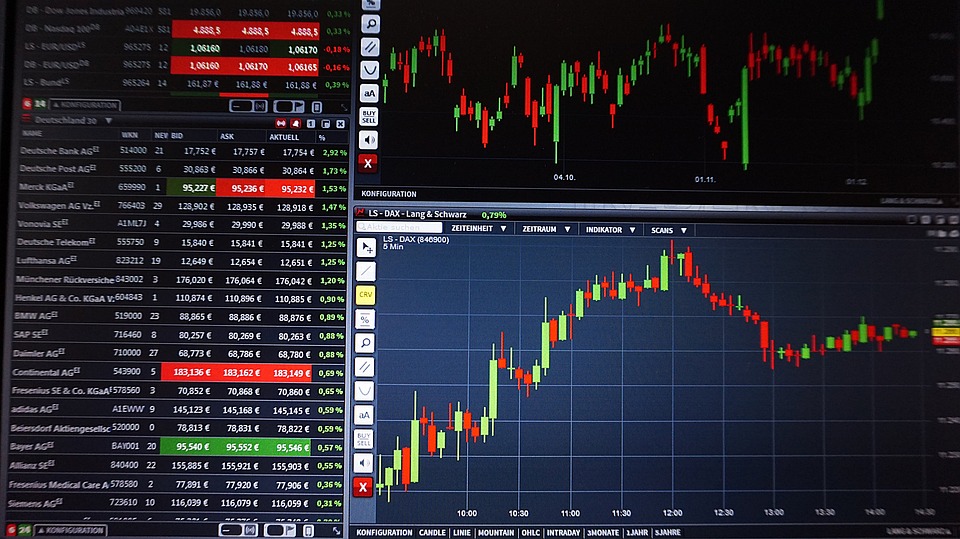Stock trading in Australia offers a plethora of opportunities for both novice and experienced investors. The Australian stock market, also known as the Australian Securities Exchange (ASX), is one of the largest exchanges in the Asia-Pacific region, providing access to a wide range of companies across various sectors. With a robust regulatory framework and advanced trading infrastructure, the Australian stock market offers a level playing field for investors to trade equities, derivatives, and other financial instruments.
Before delving into the world of stock trading, it is essential to understand the key trading strategies that can help maximize returns and reduce risks. Some popular trading strategies include value investing, growth investing, momentum trading, and contrarian investing. Value investing involves identifying undervalued stocks with strong fundamentals, while growth investing focuses on companies with strong earnings growth potential. Momentum trading involves following the trend of a stock’s price movement, while contrarian investing involves betting against the market consensus.
When it comes to trading stocks in Australia, investors have access to a wide range of trading platforms that cater to different needs and preferences. Some popular online trading platforms include CommSec, IG Markets, Bell Direct, and SelfWealth. These platforms offer tools and resources for research, analysis, and trading execution, allowing investors to make informed decisions based on market trends and company performance.
Performance metrics play a crucial role in evaluating the performance of stocks and portfolios. Key metrics to consider include price-to-earnings ratio (P/E ratio), earnings per share (EPS), return on equity (ROE), and dividend yield. These metrics provide valuable insights into the financial health and profitability of companies, helping investors make informed decisions regarding stock selection and portfolio management.
Market analysis is essential for identifying trends and opportunities in the stock market. Technical analysis involves studying price charts and volume data to predict future price movements, while fundamental analysis focuses on analyzing company financials, industry trends, and macroeconomic factors. Both forms of analysis can be used in conjunction to make well-informed trading decisions.
Effective stock trading requires a disciplined approach and a well-defined trading plan. Investors should set clear objectives, establish risk management strategies, and continuously monitor their portfolios to ensure they are aligned with their investment goals. Diversification is key to mitigating risks and achieving long-term investment success. By spreading investments across different asset classes and sectors, investors can reduce the impact of market volatility and potential losses.
In conclusion, stock trading in Australia offers a wide range of opportunities for investors to participate in the dynamic and ever-evolving stock market. By understanding key trading strategies, utilizing trading platforms, analyzing performance metrics, and practicing effective portfolio management techniques, investors can enhance their chances of success in the stock market. With a disciplined approach and a focus on continuous learning and improvement, investors can navigate the complexities of stock trading in Australia and achieve their financial goals.



